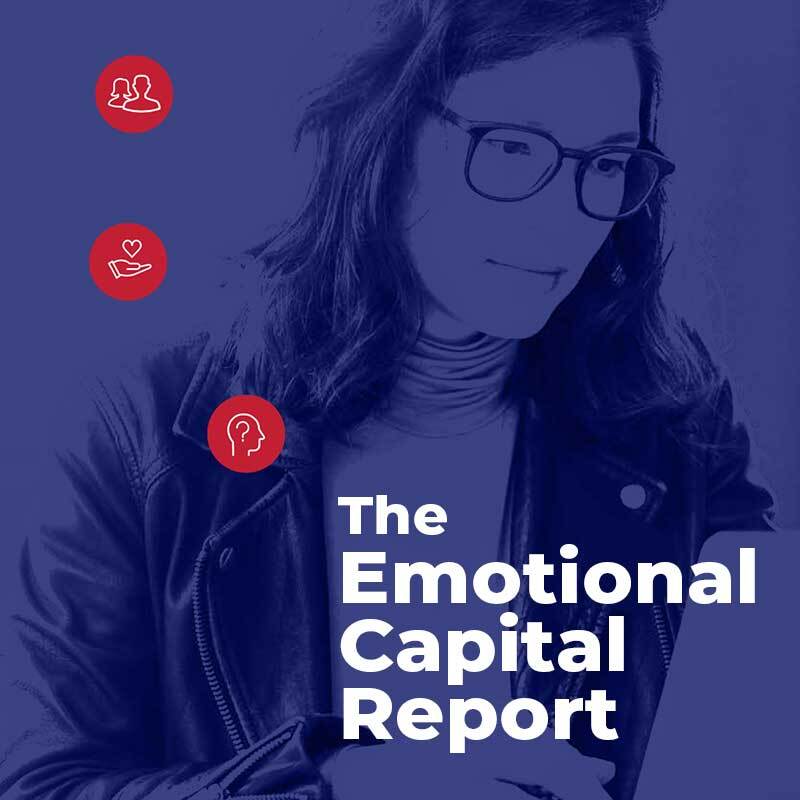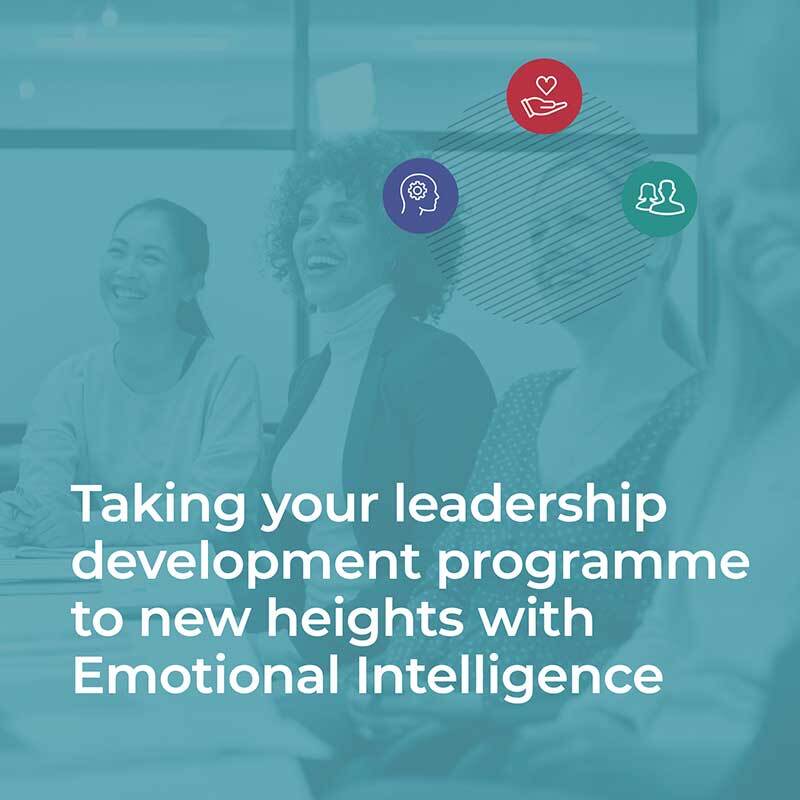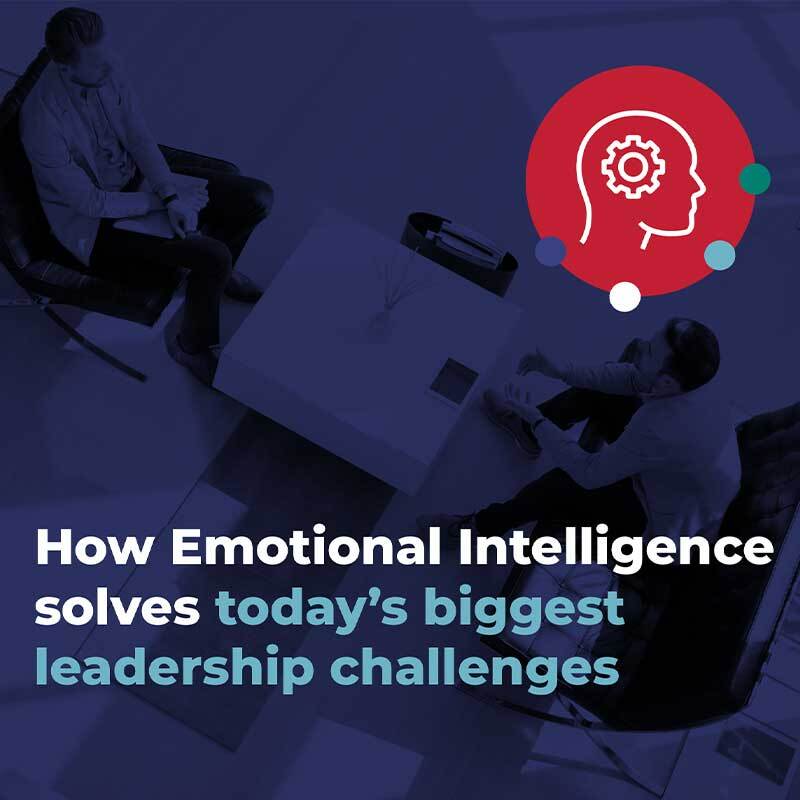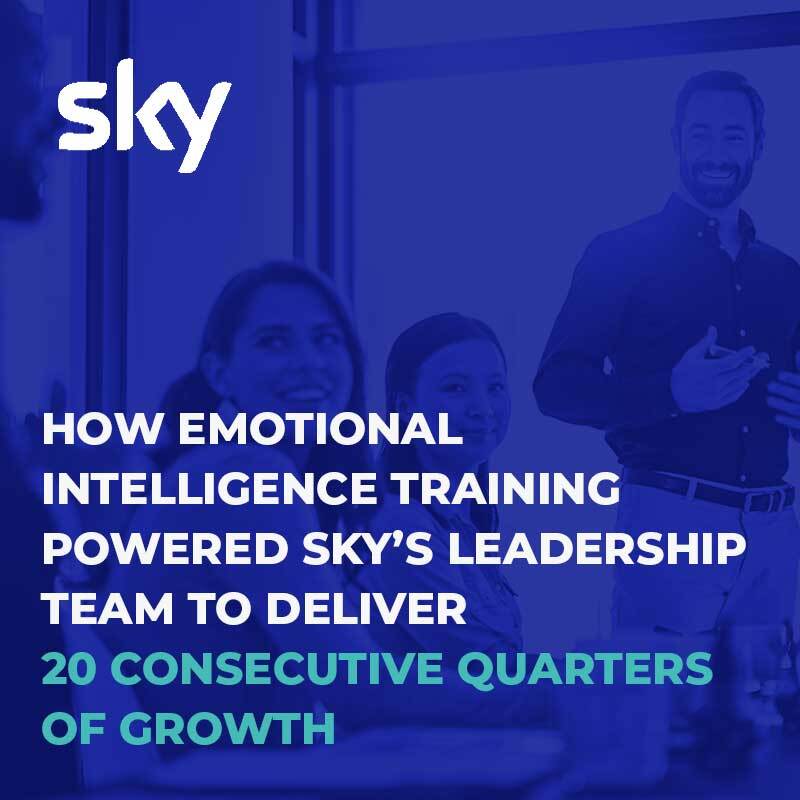
Oct 11 2015 | Tags: Emotional Intelligence, Emotional Intelligence Training
How to Maximise ROI on Training
After fifteen years consulting to international companies around their training and development needs, I still find it shocking how often (and how much!) organisations invest in leadership training programs with no demonstrable ROI. They appear to operate on what is known in psychology as the Dodo-Bird hypothesis. Remember the scene in Alice in Wonderland when, after the characters’ race and everyone wins, the Dodo bird says, “everyone has won, so all must have prizes.” The only problem is not all leadership programs lead to winning performance and not everyone gets a prize.
Is it possible for professional people to become more emotionally intelligent? If so, what are the elements of change? Can these changes be measured not only in terms of personal change, but also in impact on the business? How do we maximize the bang for our training buck and ensure ROI?
Seven Transformational Factors
According to more than six decades of research in psychology there are at least seven so called ‘common factors’ that contribute to the how of creating positive behaviour change. We refer to these seven components as transformational factors because they have the potential to completely transform leadership performance.
1. Engagement – The Sine Qua Non of Change
When it comes to helping people change, one of the American Psychological Association’s ‘Top Five Most Cited Authors in Psychology’ is the award-winning James Prochaska.* According to Prochaska, although most people need to change some aspect of their behaviour, only around 20 percent of people who need to change are motivated to do so. This goes part way to explaining our experience working with senior engineers from global organizations like Boeing, Exxonmobil and SingTel. During the initial discussion the question often asked, or at least implied is: “What does this have to do with the hard technical and commercial realities of my role?”
Prochaska refers to this as a ‘precontemplation’ phase in which people have made no plans to take action to change. People may be in this stage because they are uninformed or under informed about the consequences of their behavior. They have not yet made the link between changing their behaviour and improved outcomes and therefore underestimate the benefits of changing and overestimate the costs.
Accordingly, the first challenge of designing an effective leadership development program is to maximize the personal engagement of participants with the program. Several strategies are critical here. First, before implementing interventions, create an interactive learning environment in which participants have the opportunity to explore the connection between social and emotional learning and performance outcomes. Second, provide positive models of success and ensure a safe and confidential learning environment. Third, ensure senior leadership not only advocate for the program, but model the way by participating in it.
2. Benchmarking – Self-Discovery and Self-Directed Change
Even when people are motivated to develop their emotional intelligence (EQ) and leadership skills, they can often remain unclear about how to work on these skills until they become aware of how they shape up. Prochaska refers to this as the ‘contemplative’ phase. Here people intend to change but become acutely aware of the costs of change. They are not yet ready for traditional action-oriented programs but need to become more aware of their own behaviour and the resources they possess to be able to change.
There are many ways of helping people become more aware of their behaviour and performance, but by far the most credible and compelling way is to benchmark emotional and social competencies and provide feedback using high-quality psychometric assessment tools. What’s critical here is to ensure the methodology adopted is developmentally rather than diagnostically focused.
Back in 1997 we published one of the first clinical studies in an American Psychological Association journal that challenged the assumption that the best use of psychological assessment was for diagnosis. By contrast, our research documented the efficacy of providing psychological assessment feedback to clients using a therapeutic approach that focused on self-discovery and self-development. In the professional context we refer to this methodology as ‘Transformational Assessment’ and many studies have shown that self-discovery is the best catalyst for self-development. Participants in one of our most recent leadership programs described the 360 degree feedback session as the best ninety minutes spent in their careers to- date. Genuine self-discovery is the catalyst that generates the energy required for self-directed change.
3. Create Manageable, Measurable Goals and Share them
Having made clear the benefits of personal change, and having clarified how participants’ measure up to the challenge of leadership, they are now ready to set goals. Prochaska describes this as the ‘preparation’ phase – people have a plan for taking action.
When people are ready to commit to a program of change, setting specific goals helps create and sustain lasting motivation. Setting definite targets or goals that are aligned with their personal commitment to change generates and focuses the energy necessary to sustain motivation. Programs for developing EQ not only provide participants with a language to name and explain desired leadership behaviours, but also a rigorous practical framework for operationalising the building blocks of change. In other words, average training programs provide participants with something to work on, but the most inspiring programs also give their people something to work towards.
4. Model the Skills
Providing people with opportunities to observe models of the skills they want to acquire greatly accelerates learning. We recently demonstrated the value of modelling skills in a training program with a European government department that needed to become more effective at negotiating contracts with suppliers. All participants were taught how to communicate effectively using a particular emotional intelligence skill, Straightforwardness. One group was taught using a seminar format in which the building blocks of the model were described. The second group watched simulated role-plays by presenters either in vivo or through video from our online coaching program. Following retesting, the second group demonstrated a significant increase in performance scores on Straightforwardness compared to the seminar only group.
This is much more than simply ‘monkey see, monkey do!’ It’s not only copying the practical tactics and strategy that drives real change, but also understanding why these behaviours work and how to practice them. In other words, EQ training works because it provides people with the psychological insight that helps them understand what drives their behaviour, as well as raising their belief that they too possess potential for change.
5. Practice New Skills and Provide Feedback
Providing clear models of the desired behaviour along with psychological insight, although important for generating the persistence necessary for change to occur, is not sufficient in itself. Nothing takes the place of repeated, deliberate practice of the skills you wish to build.
Prochaska describes this as the ‘action’ phase where participants make overt modifications to their behaviour over 6 months. Recent breakthroughs in neuroscience make it clear that real behavioural change takes time because it needs to be supported by changes in the emotional brain. As such, these behaviours require practice and repetition over several weeks or months. In other words, distributed practice over time is far more effective than massed practice such as a one off seminar. And, although practice may not make you perfect, it will certainly make you better.
6. Provide Coaching Support
Although we cannot make people change, we can provide a lot of help in supporting the process of change. Prochaska describes this as the ‘maintenance’ phase. Research demonstrates that the value of learning is maintained, if not greatly enhanced, when people receive targeted coaching support. Providing on the job coaching and mentoring to people greatly facilitates the transfer of learning and contributes to positive change.
In recent years, there has been a rapid growth in the use of one-on-one executive coaching, but we have known for a long time that coaching support maximises skill transfer to the real world of work and helps prevents relapse.
7. Evaluate Change
Finally, what gets measured gets done! This final phase is described by Prochaska as ‘termination’ and refers to the stage where new behaviours have become embedded and people are unlikely to return to old unproductive behaviour patterns.
An important part of any leadership program is the measurement of an individual’s actual performance against the behaviours targeted for change. Ideally, when leaders themselves have been involved in setting their goals and choosing the skills for development they are much more likely to make progress. Documenting individual progress by evaluating changes in both understanding and behaviour, reinforces learning, charts the way forward and demonstrates ROI. Nothing succeeds like success.
Not that long ago a large telco client of ours completed a rigorous evaluation of five separate leadership development programs that had been implemented across five discrete divisions of the business. Leadership scores in the two business units committed to an EQ based program implementing the seven transformational factors revealed that performance improved by 11 percent and 16 percent respectively. This was in contrast to a 3.5 percent improvement in the three other business units that had implemented an internal seminar based leadership program.
Wrapping-Up
The evidence is encouraging. Leadership programs that combine the seven transformational factors create the conditions for successful training outcomes. Programs based around EQ not only provide a description of what the group must change, but also why they must change along with the building blocks of how they will get there. The seven factors described here represent the how of building sustainable leadership skills. Evidence-based intervention strategies such as these provide the basis for maximizing training ROI.
About the author:
Martyn Newman, PhD. DPsych., is the author of the international bestseller, Emotional Capitalists – The New Leaders (John Wiley) and the Emotional Capital Report – the world’s first scientifically designed tool for measuring emotional intelligence and leadership.
*Prochaska, J.O. (1999). How do people change, and how can we change to help many more people? In M.A.Hubble, B.L.Duncan, & S.D.Miller (Eds.), The heart and soul of change: What works in therapy (pp. 227-258). Washington, DC: American Psychological Association.






%20(2)%20(1).png)

.jpg)